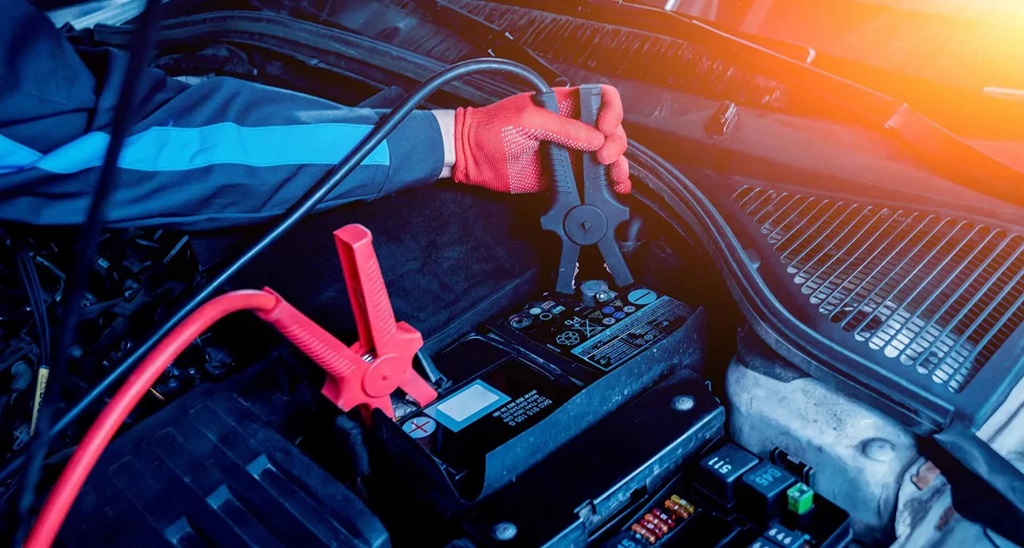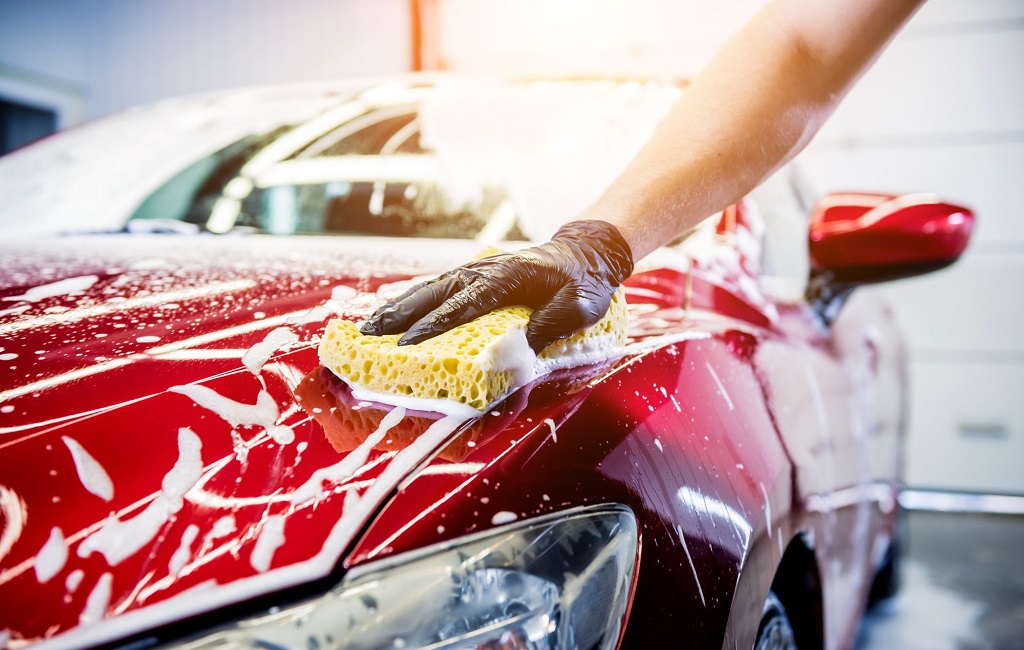Honda vehicles are renowned for their reliability and longevity. However, like any machine, they require regular maintenance to ensure optimal performance and safety. This comprehensive guide will help you stay on top of your Honda’s maintenance needs, potentially saving you from costly repairs down the line.
Why Regular Maintenance Matters
Routine maintenance is not just about keeping your car running smoothly; it’s about:
- Safety: Many maintenance tasks directly impact your safety on the road. For example, worn-out brakes can significantly increase stopping distances.
- Performance: A well-maintained engine delivers better fuel efficiency, acceleration, and overall driving experience.
- Longevity: Regular care can significantly extend the lifespan of your Honda, saving you money in the long run.
- Resale Value: A well-documented maintenance history can boost the resale value of your vehicle.
The Essential Maintenance Checklist
This checklist is designed to be comprehensive, but always consult your Honda’s owner’s manual for specific recommendations and intervals. For instance, if you’re experiencing issues with the VSA Honda Accord system, the manual can provide troubleshooting steps and maintenance tips specific to that feature:
Every Month (or 1,000 Miles)
- Visual Inspection: Check for leaks under the car, unusual noises, and warning lights on the dashboard.
- Tire Pressure: Ensure proper tire pressure for optimal safety and fuel efficiency. Don’t forget the spare tire!
- Fluid Levels: Check engine oil, coolant, brake fluid, power steering fluid, and windshield washer fluid. Top off as needed.
3 Months (or 3,000 Miles)
- Air Filter: Inspect the air filter and replace it if dirty or clogged. A clean air filter helps your engine breathe and perform efficiently.
- Lights: Check all exterior and interior lights, including headlights, taillights, brake lights, turn signals, and hazard lights.
- Windshield Wipers: Inspect the wiper blades for wear and tear. Replace them if they streak or leave water behind.
6 Months (or 6,000 Miles)
- Battery: Check the battery terminals for corrosion and clean them if necessary. Ensure the battery is securely fastened.
- Belts and Hoses: Inspect belts and hoses for cracks, fraying, or leaks. Replace worn-out components promptly.
- Brakes: Check brake pads and rotors for wear. Have them replaced if they are nearing the end of their lifespan.
Related: What Are the New Technologies in Modern Cars?
Every Year (or 12,000 Miles)
- Engine Oil and Filter: Change the engine oil and filter according to your Honda’s recommended interval. Use the correct oil viscosity for your climate and driving conditions.
- Cabin Air Filter: Replace the cabin air filter to ensure clean air inside the car, especially if you live in an area with high pollen levels.
- Tire Rotation: Rotate the tires to ensure even wear and extend their lifespan.
Every 2 Years (or 24,000 Miles)
- Transmission Fluid: Have the transmission fluid checked and changed if necessary. The interval may vary depending on your Honda’s model and transmission type.
- Coolant: Flush and replace the coolant to prevent corrosion and overheating. Use the correct coolant type for your Honda.
Other Important Maintenance Tasks
- Spark Plugs: Replace spark plugs according to the recommended interval in your owner’s manual.
- Timing Belt/Chain: If your Honda has a timing belt, it typically needs to be replaced between 60,000 and 100,000 miles. Consult your owner’s manual for the exact interval.
- Serpentine Belt: The serpentine belt powers various accessories, such as the alternator, power steering pump, and air conditioning compressor. Replace it if it shows signs of wear.
Additional Tips
- Keep Records: Maintain a log of all maintenance tasks performed, including the date, mileage, and type of service. This will help you track your car’s history and provide valuable information to potential buyers if you decide to sell.
- Use Genuine Honda Parts: Whenever possible, use genuine Honda parts for replacements. These parts are designed to fit perfectly and meet Honda’s strict quality standards.
By following this comprehensive maintenance checklist, you can keep your Honda running smoothly, safely, and efficiently for years to come.






